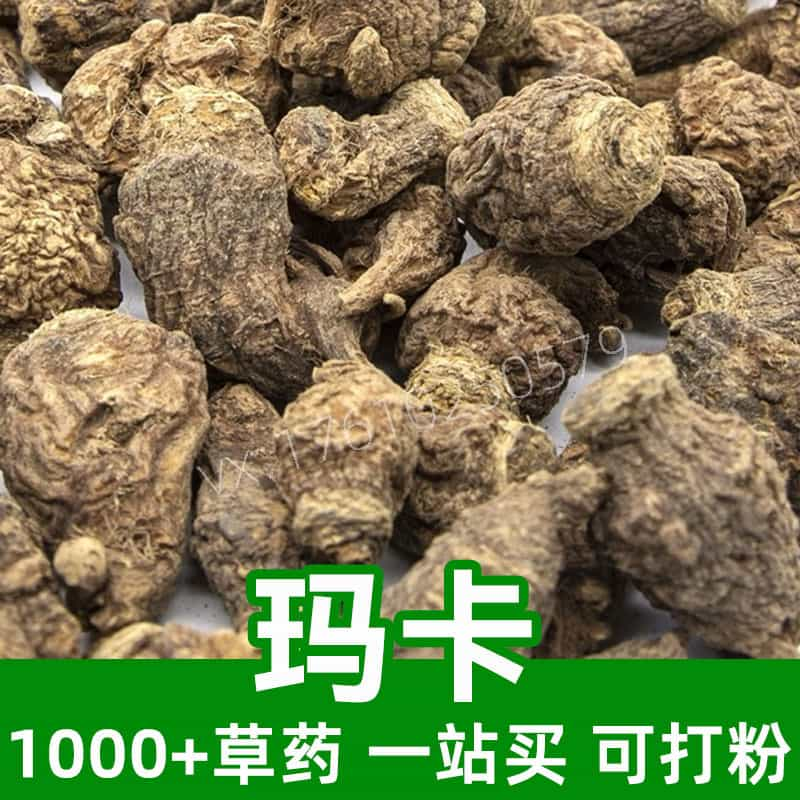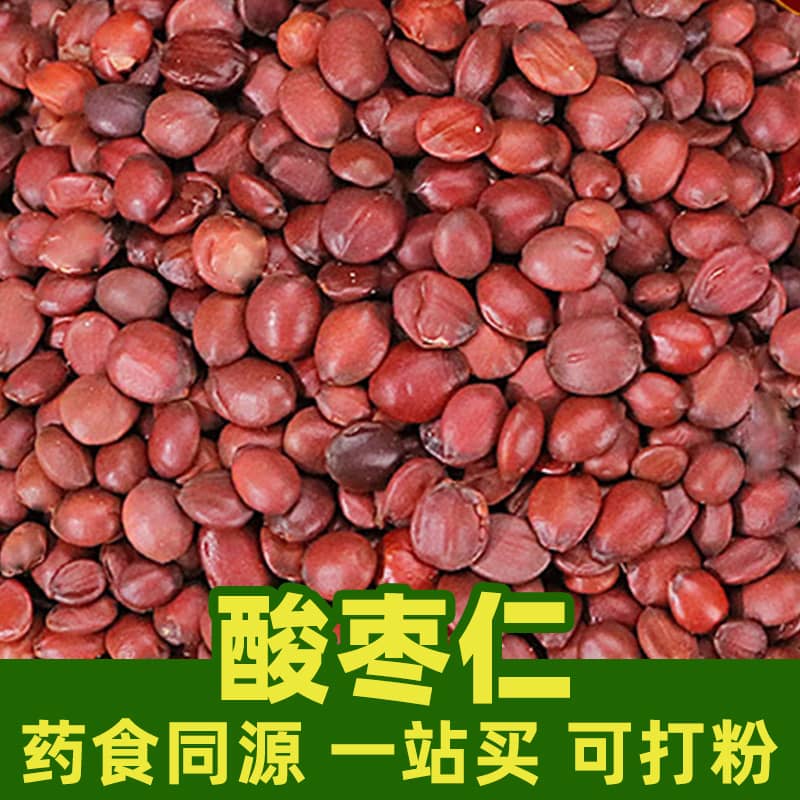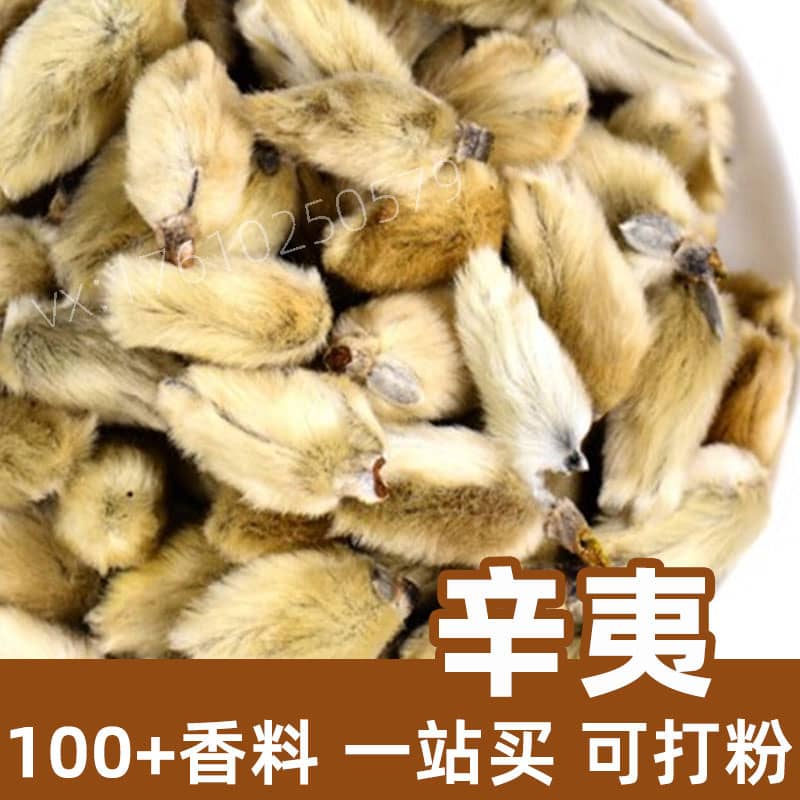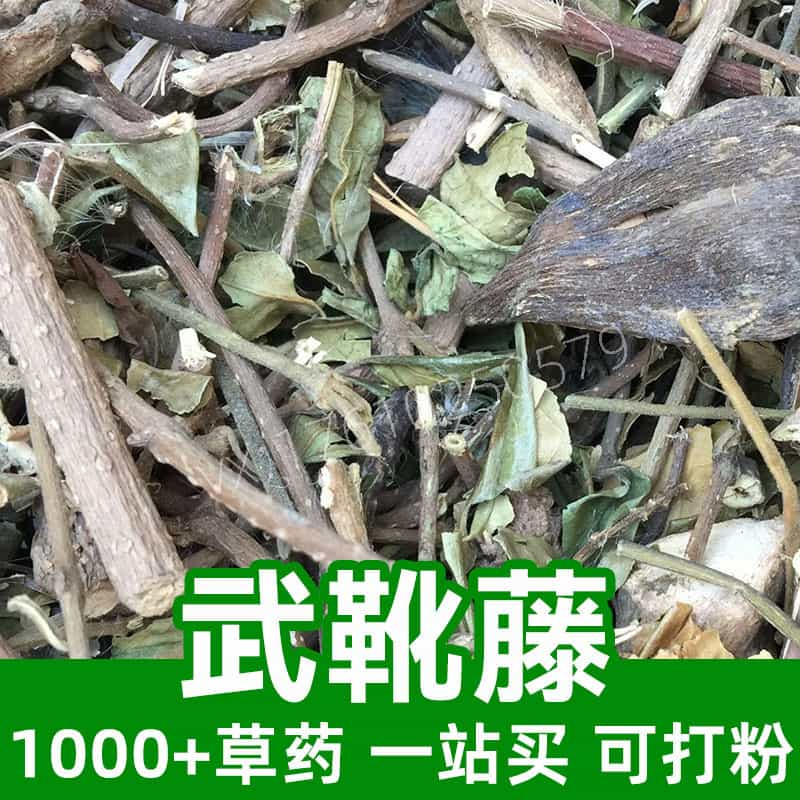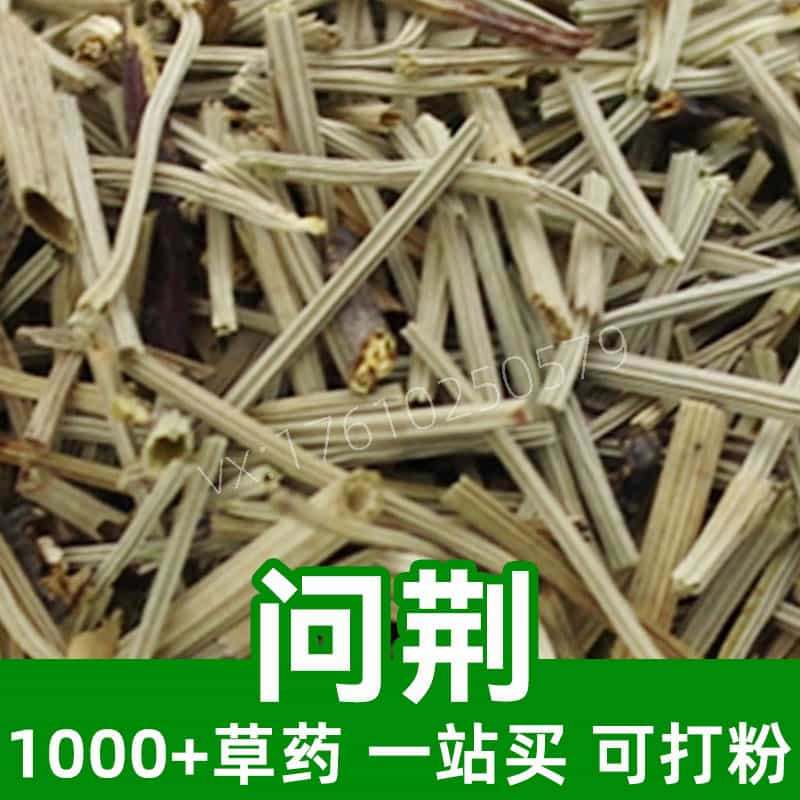Product Description
Patchouli, also known as Huo Xiang or Nan Huo Xiang in Chinese, is a commonly found herbaceous plant. As a perennial, it reaches a height of about 50-100 cm. Its leaves grow in opposite pairs or clusters, are oval and leathery, and contain numerous glands that produce secretions. The flowers are white or light purple and bloom in summer. With its distinctive aroma, patchouli is widely used in perfumes and flavoring.
Aromatic Composition
Patchouli’s fragrance is mainly derived from its chemical components. The primary active elements include patchouli alcohol, β-patchoulene, and other volatile compounds, which give the plant its characteristic aroma and flavor. Patchouli alcohol is particularly notable, contributing a woody, earthy scent that is extensively utilized in perfumes and fragrances.
Besides patchouli alcohol and β-patchoulene, the plant contains additional volatile compounds that enhance its unique flavor and fragrance.
Product Forms
Patchouli is primarily used in two forms: dried leaves and patchouli essential oil. These forms cater to various industry needs. The essential oil is a concentrated extract from distilled patchouli leaves and buds, offering a richer aroma and flavor profile.
Applications in Food and Recommended Usage
Patchouli has notable applications in the culinary field. Here are some key uses in food and recommended methods:
- Seasoning: Patchouli can be used as a spice in cooking to add a unique aroma and flavor to dishes. It works well in stews, soups, and other hot dishes, imparting a woody, earthy fragrance. The leaves can be chopped or used whole in cooking, with a moderate amount recommended.
- Tea: Patchouli can also be brewed into a fragrant tea. Steeping patchouli leaves creates a tea with a distinctive aroma and taste. Patchouli tea is known to be refreshing and has certain health benefits.
For optimal results, it’s essential to use patchouli in suitable quantities and methods, allowing its unique scent and flavor to enhance dishes and beverages as desired.
Origin, Distribution, and Growth Environment
Patchouli’s botanical name is *Pogostemon cablin*, and it belongs to the mint family. It is primarily found in Southeast Asia, including regions like India, Vietnam, and Malaysia.
This plant thrives in warm, humid environments, often found in mountainous, hilly, or valley regions.
The leaves and flower buds can be harvested and processed into commercial patchouli fragrance and essential oils.
Harvesting, Processing, and Storage
Patchouli leaves and buds can be harvested at maturity, then dried and processed. After harvesting, patchouli needs to be air-dried and prepared for direct use or storage.
To retain patchouli’s freshness and fragrance, it is best stored in a cool, dry place, ideally in a sealed container.
In summary, patchouli is a widely used herb with a unique woody, earthy aroma and flavor. Patchouli is incorporated in culinary applications as both a seasoning and a tea ingredient, bringing a distinctive taste and fragrance to dishes and beverages. Understanding patchouli’s properties, chemical components, and usage guidelines enables optimal use, adding layers of flavor and a unique aroma to foods and drinks.
Monica Sun is a seasoned expert in the natural raw materials industry, with over a decade of experience specializing in traditional Chinese medicinal herbs, spices, and fungi. She is skilled in the sourcing, processing, and application of these materials, emphasizing sustainability and innovation. Monica Sun has contributed to the development of high-quality natural raw materials that serve as essential components in functional foods, pharmaceuticals, and cosmetics, delivering tailored solutions to meet diverse market needs.









